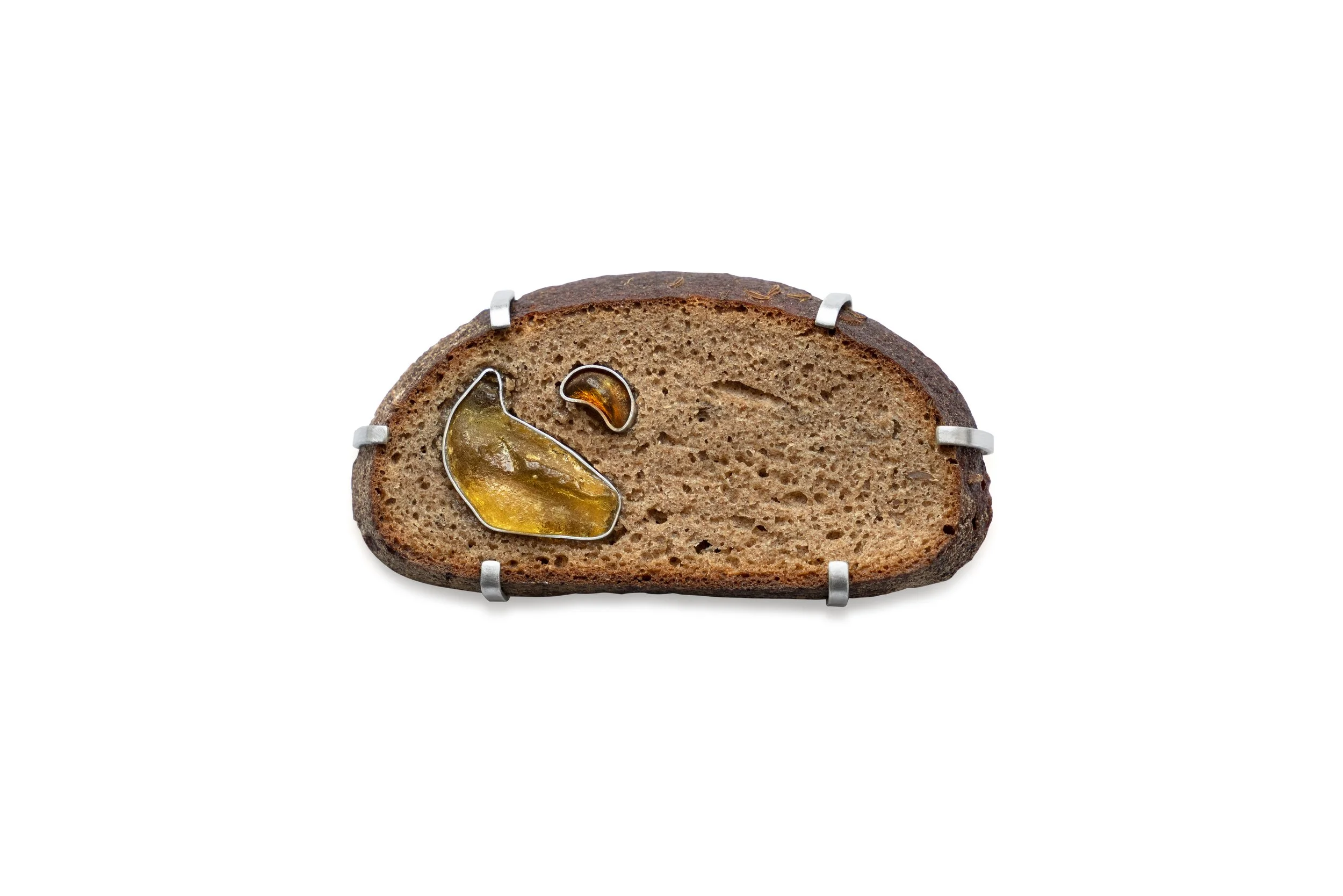In the middle of the 19th century, an amber vein was accidentally discovered while dredging a fairway in the Curonian Lagoon. Pieces of amber began to crumble from the bottom of the lagoon, along with sand and silt. During years 1862–1890, 2,250 tons of amber were mined from the bottom of the lagoon near Juodkrante. Along with the amber ingots, the workers also encountered some unprecedented amber products: buttons with holes, straw-shaped necklaces, rollers, various trapezoids. But the biggest surprise was the figures in the form of humans and animals. At first nobody even realised that one of the most significant treasures of Neolithic-Bronze Age amber in the world was accidentally found. The workers donated the figures to family members and relatives, exchanged them and sold them as kinks to the visitors who came to Juodkrante. It was only after three years that workers were banned from taking out any amber findings. Nevertheless, diggers and amber sorters came up with an idea to hide amber in loaves of bread.
Bread beads is a creation inspired by a true story that is described in the book “Salted Bread”. It tells the story of how a group of young people were locked up in the Soviet camp and in spite of everything they chanted prayers on beads made from bread, which was their only food too.

